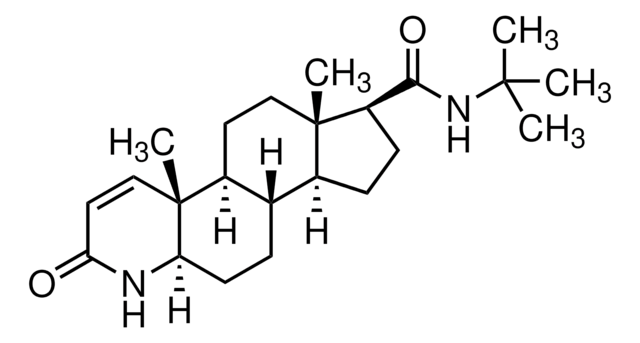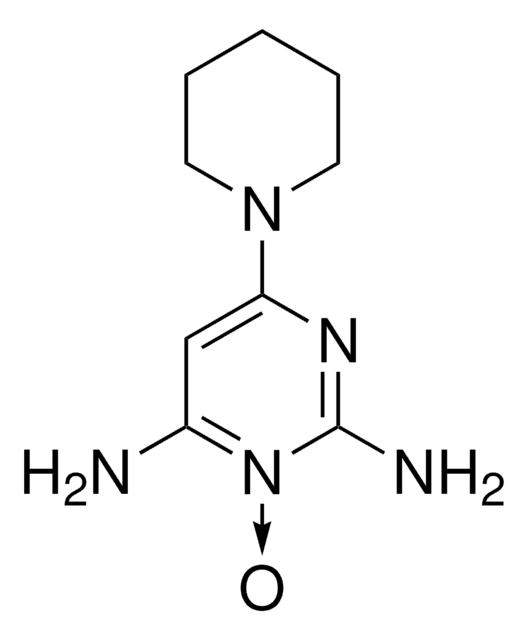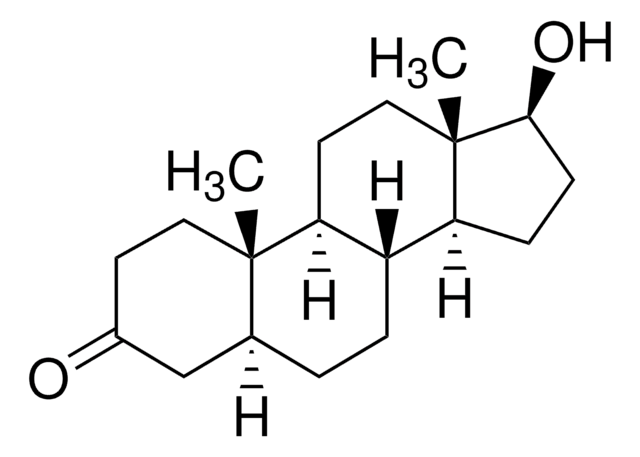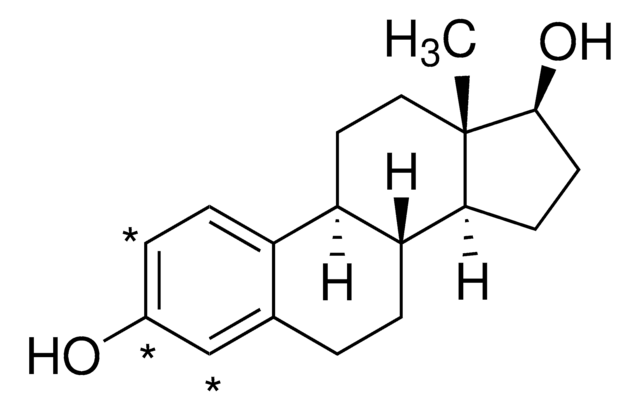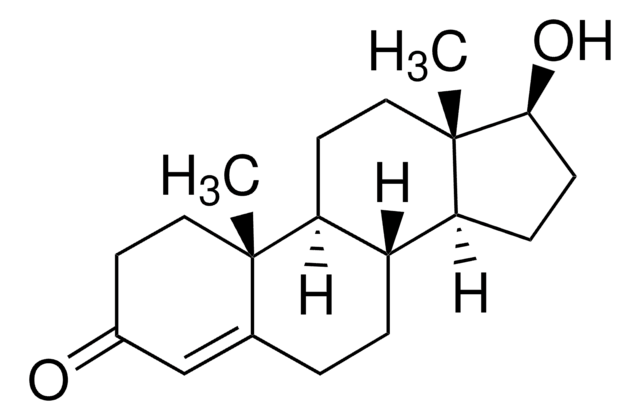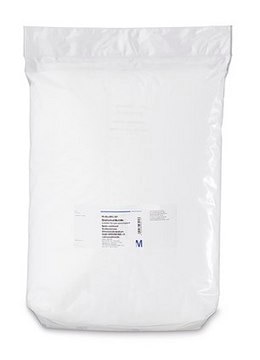F8633
Iron(II) sulfate heptahydrate
BioReagent, suitable for cell culture, suitable for insect cell culture, ≥99%
Synonym(s):
Ferrous sulfate heptahydrate
About This Item
Recommended Products
vapor pressure
14.6 mmHg ( 25 °C)
Quality Level
product line
BioReagent
Assay
≥99%
shelf life
2 yr
technique(s)
cell culture | insect: suitable
cell culture | mammalian: suitable
density
1.898 g/mL at 25 °C (lit.)
SMILES string
O.O.O.O.O.O.O.[Fe++].[O-]S([O-])(=O)=O
InChI
1S/Fe.H2O4S.7H2O/c;1-5(2,3)4;;;;;;;/h;(H2,1,2,3,4);7*1H2/q+2;;;;;;;;/p-2
InChI key
SURQXAFEQWPFPV-UHFFFAOYSA-L
Looking for similar products? Visit Product Comparison Guide
Related Categories
General description
Signal Word
Warning
Hazard Statements
Precautionary Statements
Hazard Classifications
Acute Tox. 4 Oral - Eye Irrit. 2 - Skin Irrit. 2
WGK
WGK 1
Flash Point(F)
Not applicable
Flash Point(C)
Not applicable
Personal Protective Equipment
Certificates of Analysis (COA)
Search for Certificates of Analysis (COA) by entering the products Lot/Batch Number. Lot and Batch Numbers can be found on a product’s label following the words ‘Lot’ or ‘Batch’.
Already Own This Product?
Find documentation for the products that you have recently purchased in the Document Library.
Customers Also Viewed
Our team of scientists has experience in all areas of research including Life Science, Material Science, Chemical Synthesis, Chromatography, Analytical and many others.
Contact Technical Service